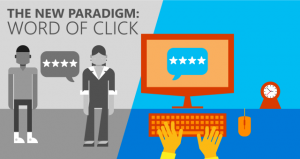Lacks Enterprises decided in January 2014 to open two health care clinics for their 5,161 employees and dependents. One year later, the company reported a 35 percent decrease in employee payroll contributions. As important, employees are now more actively managing their health and well-being. This trend could benefit you, too.
The Lacks Enterprises Health Clinic Story
In 2012 and 2013, Lacks Enterprises discovered that its cost per employee was rising in large part to healthcare costs. The Grand Rapids, Michigan company decided to open two primary care clinics in an effort to cut costs and improve worker health.
The clinic met its goals and more. In 2014 alone, the Lacks Enterprises health clinic saw 680 patients and diagnosed 2,607 chronic conditions. The company also curbed rising healthcare costs and realized a decrease in absenteeism.
The Clinics See Results
Since opening the clinics, Lacks Enterprises has seen numerous benefits. Financial savings cover all costs associated with running the clinics, and the company and employees enjoy a simpler healthcare system.
Employees also benefit from the clinics.
- The 35 percent payroll deduction for healthcare costs is gone thanks to the clinics and HSA high deductible insurance plans that link wellness participation and HSA contributions.
- 52 percent of Lacks employees who use the clinics enjoy more holistic treatment options and more time with the doctor.
- Over 1500 patients received a preventative health assessment, and 41 percent of those patients returned for follow up.
- Up to 83 percent of the patients waited less than 10 minutes for their appointments.
Lacks Enterprises clinics are open Monday through Friday with some extended hours during the week. CareATC, an Oklahoma healthcare company, manages the clinics’ day-to-day operations and proudly uses data analytics and technology to identify employees with chronic conditions and improve the health of Lacks’ employees and their dependents. The company works with local network provider Priority Health and third-party administrators who handle outreach, specialty services and claims.
If your company could benefit from decreased healthcare costs and improved employee health, talk to your human resources manager. Employer-sponsored health clinics benefit everyone.
















